2. Fuhrmann G, Steiner M, Freitag-Wolf S, Kern M. 2014; Resin bonding to three types of polyaryletherketones (PAEKs)-durability and influence of surface conditioning. Dent Mater. 30:357–63. DOI:
10.1016/j.dental.2013.12.008. PMID:
24461250.
3. Williams DF, McNamara A, Turner RM. 1987; Potential of polyetheretherketone (PEEK) and carbon-fibre-reinforced PEEK in medical applications. J Mater Sci Lett. 6:188–90. DOI:
10.1007/BF01728981.
4. Stawarczyk B, Keul C, Beuer F, Roos M, Schmidlin PR. 2013; Tensile bond strength of veneering resins to PEEK: impact of different adhesives. Dent Mater J. 32:441–8. DOI:
10.4012/dmj.2013-011. PMID:
23719006.
5. Liebermann A, Wimmer T, Schmidlin PR, Scherer H, Löffler P, Roos M, Stawarczyk B. 2016; Physicomechanical characterization of polyetheretherketone and current esthetic dental CAD/CAM polymers after aging in different storage media. J Prosthet Dent. 115:321–8. DOI:
10.1016/j.prosdent.2015.09.004. PMID:
26548869.
6. Wimmer T, Huffmann AM, Eichberger M, Schmidlin PR, Stawarczyk B. 2016; Two-body wear rate of PEEK, CAD/CAM resin composite and PMMA: Effect of specimen geometries, antagonist materials and test set-up configuration. Dent Mater. 32:e127–36. DOI:
10.1016/j.dental.2016.03.005. PMID:
27033460.
7. Geringer J, Tatkiewicz W, Rouchouse G. 2011; Wear behavior of PAEK, poly (aryl-ether-ketone), under physiological conditions, outlooks for performing these materials in the field of hip prosthesis. Wear. 271:2793–803. DOI:
10.1016/j.wear.2011.05.034.
8. Bae SY, Park JY, Jeong ID, Kim HY, Kim JH, Kim WC. 2017; Three-dimensional analysis of marginal and internal fit of copings fabricated with polyetherketoneketone (PEKK) and zirconia. J Prosthodont Res. 61:106–12. DOI:
10.1016/j.jpor.2016.07.005. PMID:
27484816.
9. Lee KS, Shin JH, Kim JE, Kim JH, Lee WC, Shin SW, Lee JY. 2017; Biomechanical evaluation of a tooth restored with high performance polymer PEKK post-core system: a 3D finite element analysis. Biomed Res Int. 2017:1373127. DOI:
10.1155/2017/7196847. PMID:
28386547. PMCID:
PMC5366183.
10. Han KH, Lee JY, Shin SW. 2016; Implant- and tooth-supported fixed prostheses using a high-performance polymer (Pekkton) framework. Int J Prosthodont. 29:451–4. DOI:
10.11607/ijp.4688. PMID:
27611747.
11. Zoidis P, Papathanasiou I. 2016; Modified PEEK resin-bonded fixed dental prosthesis as an interim restoration after implant placement. J Prosthet Dent. 116:637–41. DOI:
10.1016/j.prosdent.2016.04.024. PMID:
27475921.
12. Tannous F, Steiner M, Shahin R, Kern M. 2012; Retentive forces and fatigue resistance of thermoplastic resin clasps. Dent Mater. 28:273–8. DOI:
10.1016/j.dental.2011.10.016. PMID:
22130464.
13. Burns DR, Beck DA, Nelson SK; Committee on Research in Fixed Prosthodontics of the Academy of Fixed Prosthodontics. 2003; A review of selected dental literature on contemporary provisional fixed prosthodontic treatment: report of the Committee on Research in Fixed Prosthodontics of the Academy of Fixed Prosthodontics. J Prosthet Dent. 90:474–97. DOI:
10.1016/S0022-3913(03)00259-2. PMID:
14586312.
14. Vallittu PK. 1998; The effect of glass fiber reinforcement on the fracture resistance of a provisional fixed partial denture. J Prosthet Dent. 79:125–30. DOI:
10.1016/S0022-3913(98)70204-5. PMID:
9513095.
15. Kim JY, Pfeiffer P, Niedermeier W. 2003; Effect of laboratory procedures and thermocycling on the shear bond strength of resin-metal bonding systems. J Prosthet Dent. 90:184–9. DOI:
10.1016/S0022-3913(03)00261-0. PMID:
12886212.
17. Wittneben JG, Buser D, Belser UC, Brägger U. 2013; Peri-implant soft tissue conditioning with provisional restorations in the esthetic zone: the dynamic compression technique. Int J Periodontics Restorative Dent. 33:447–55. DOI:
10.11607/prd.1268. PMID:
23820704.
18. Harder S, Kern M. 2010; Provisional treatment and soft tissue conditioning before and after implantation for single tooth replacement. Implantologie. 18:407–15.
19. Hallmann L, Mehl A, Sereno N, Hämmerle C. 2012; The improvement of adhesive properties of PEEK through different pre-treatments. Appl Surf Sci. 258:7213–8. DOI:
10.1016/j.apsusc.2012.04.040.
20. Keul C, Liebermann A, Schmidlin PR, Roos M, Sener B, Stawarczyk B. 2014; Influence of PEEK surface modification on surface properties and bond strength to veneering resin composites. J Adhes Dent. 16:383–92. DOI:
10.3290/j.jad.a32570. PMID:
25133270.
21. Sproesser O, Schmidlin PR, Uhrenbacher J, Eichberger M, Roos M, Stawarczyk B. 2014; Work of adhesion between resin composite cements and PEEK as a function of etching duration with sulfuric acid and its correlation with bond strength values. Int J Adhes Adhes. 54:184–90. DOI:
10.1016/j.ijadhadh.2014.06.006.
22. Sproesser O, Schmidlin PR, Uhrenbacher J, Roos M, Gernet W, Stawarczyk B. 2014; Effect of sulfuric acid etching of polyetheretherketone on the shear bond strength to resin cements. J Adhes Dent. 16:465–72. DOI:
10.3290/j.jad.a32806. PMID:
25264546.
23. Stawarczyk B, Thrun H, Eichberger M, Roos M, Edelhoff D, Schweiger J, Schmidlin PR. 2015; Effect of different surface pretreatments and adhesives on the load-bearing capacity of veneered 3-unit PEEK FDPs. J Prosthet Dent. 114:666–73. DOI:
10.1016/j.prosdent.2015.06.006. PMID:
26344191.
24. Stawarczyk B, Jordan P, Schmidlin PR, Roos M, Eichberger M, Gernet W, Keul C. 2014; PEEK surface treatment effects on tensile bond strength to veneering resins. J Prosthet Dent. 112:1278–88. DOI:
10.1016/j.prosdent.2014.05.014. PMID:
24969411.
25. Stawarczyk B, Bähr N, Beuer F, Wimmer T, Eichberger M, Gernet W, Jahn D, Schmidlin PR. 2014; Influence of plasma pretreatment on shear bond strength of self-adhesive resin cements to polyetheretherketone. Clin Oral Investig. 18:163–170. DOI:
10.1007/s00784-013-0966-7. PMID:
23504226.
26. Stawarczyk B, Keul C, Beuer F, Roos M, Schmidlin PR. 2013; Tensile bond strength of veneering resins to PEEK: impact of different adhesives. Dent Mater J. 32:441–8. DOI:
10.4012/dmj.2013-011. PMID:
23719006.
27. Mondragon E, Söderholm KJ. 2001; Shear Strength of Dentin and Dentin Bonded Composites. J Adhes Dent. 3:227–36. PMID:
11803710.
28. Oliveira ACC, Oshima HMS, Mota EG, Grossi ML. 2009; Influence of chisel width on shear bond strength of composite to enamel. Rev odonto Ciênc. 24:19–21.
29. Sinhoreti MA, Consani S, De Goes MF, Sobrinho LC, Knowles JC. 2001; Influence of loading types on the shear strength of the dentin-resin interface bonding. J Mater Sci Mater Med. 12:39–44. DOI:
10.1023/A:1013848901553. PMID:
15348375.
30. Stawarczyk B, Taufall S, Roos M, Schmidlin PR, Lümkemann N. 2018; Bonding of composite resins to PEEK: the influence of adhesive systems and air-abrasion parameters. Clin Oral Investig. 22:763–71. DOI:
10.1007/s00784-017-2151-x. PMID:
28647864.
31. Lümkemann N, Strickstrock M, Eichberger M, Zylla IM, Stawarczyk B. 2018; Impact of air-abrasion pressure and adhesive systems on bonding parameters for polyetheretherketone dental restorations. Int J Adhes Adhes. 80:30–8. DOI:
10.1016/j.ijadhadh.2017.10.002.
33. Stawarczyk B, Silla M, Roos M, Eichberger M, Lümkemann N. 2017; Bonding Behaviour of Polyetherketoneketone to Methylmethacrylate- and Dimethacrylate-based Polymers. J Adhes Dent. 19:331–8. DOI:
10.3290/j.jad.a38894. PMID:
28849801.
34. Silthampitag P, Chaijareenont P, Tattakorn K, Banjongprasert C, Takahashi H, Arksornnukit M. 2016; Effect of surface pretreatments on resin composite bonding to PEEK. Dent Mater J. 35:668–74. DOI:
10.4012/dmj.2015-349. PMID:
27477234.
35. Schmidlin PR, Stawarczyk B, Wieland M, Attin T, Hämmerle CH, Fischer J. 2010; Effect of different surface pre-treatments and luting materials on shear bond strength to PEEK. Dent Mater. 26:553–9. DOI:
10.1016/j.dental.2010.02.003. PMID:
20206986.
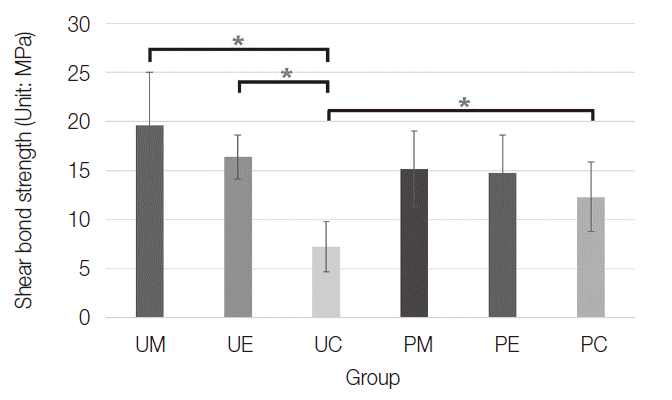
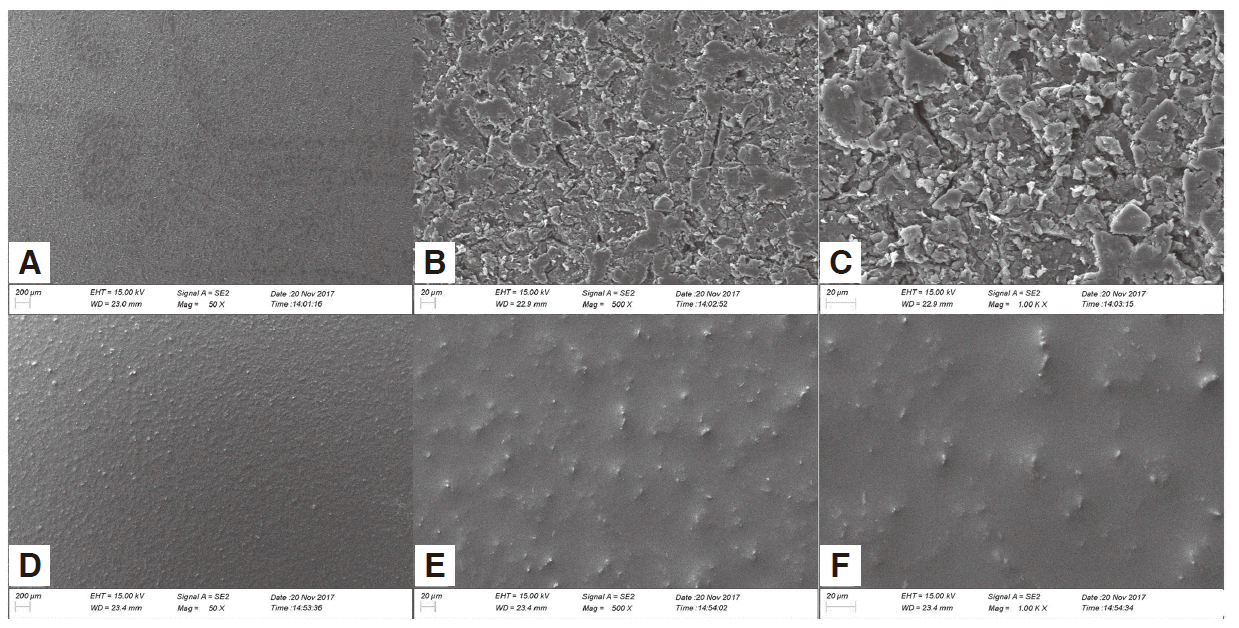




 PDF
PDF Citation
Citation Print
Print



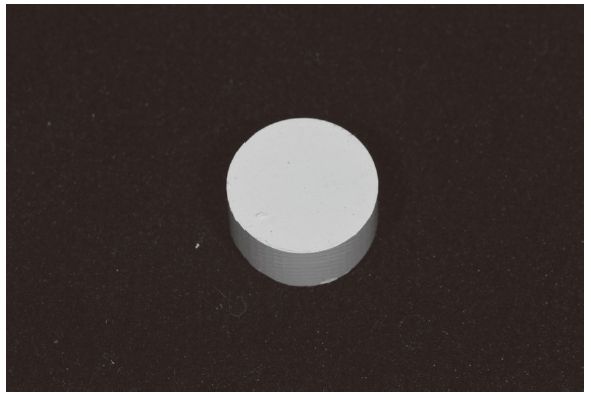
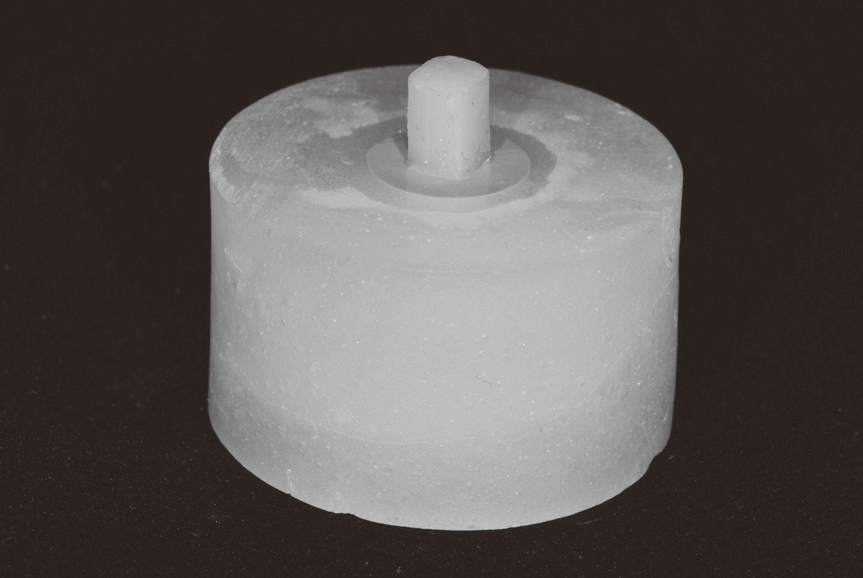

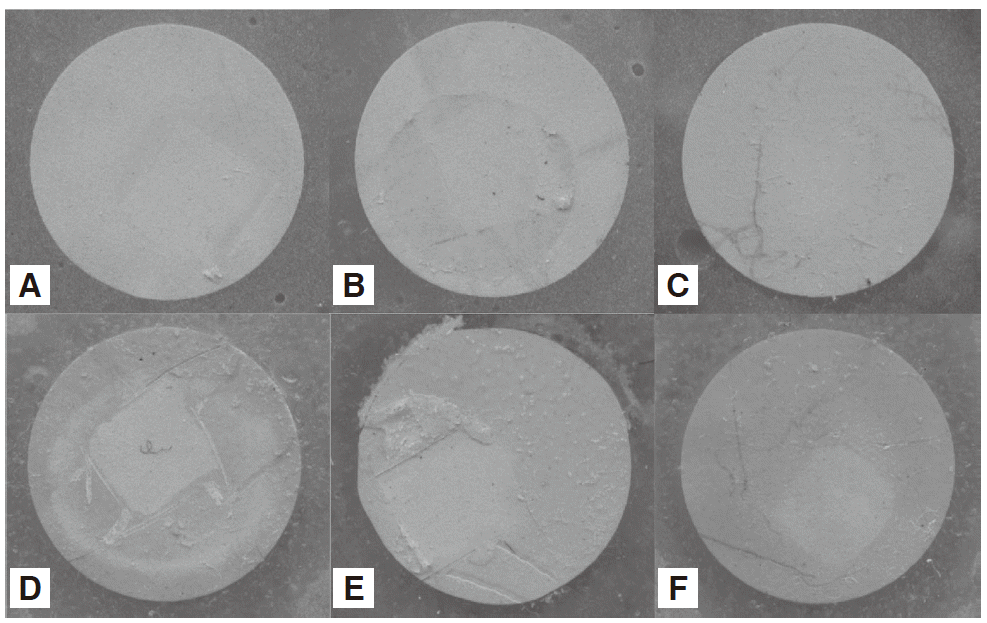
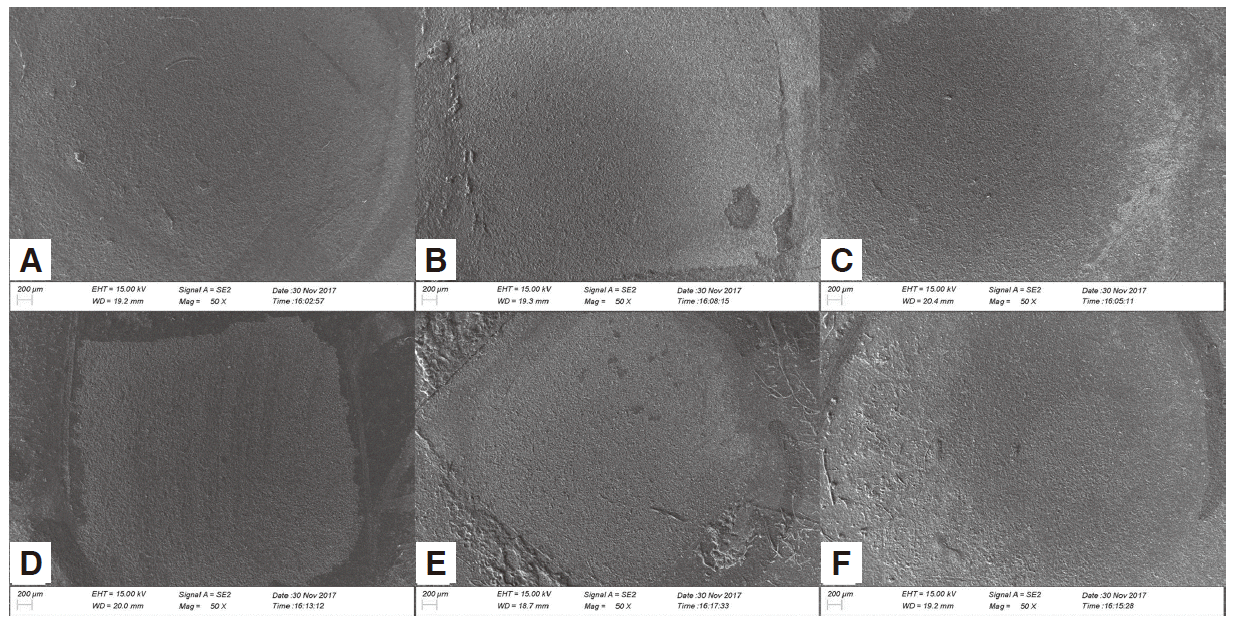
 XML Download
XML Download